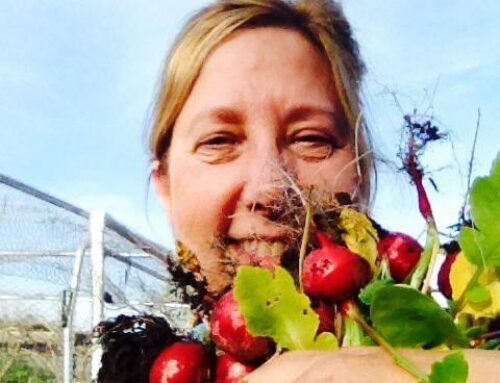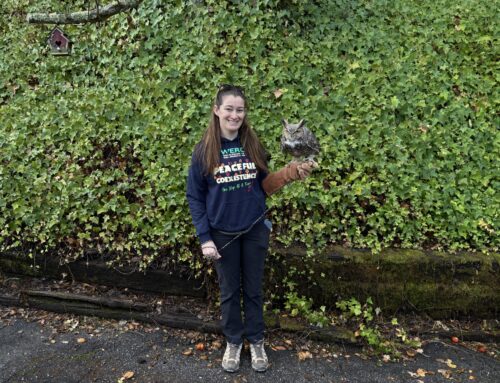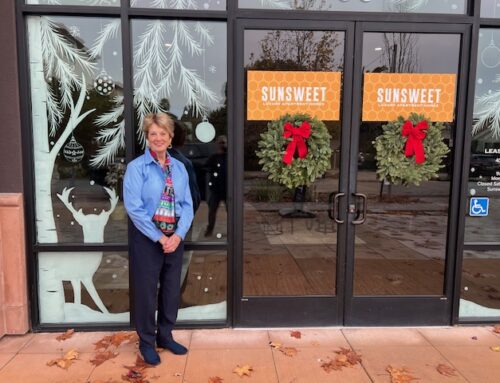Published in the September 28 – October 11, 2016 issue of Morgan Hill Life
By Cayce Hill

Cayce Hill
It was an impulse buy that only a seasoned gardener could understand. I was at the hardware store to buy new gloves. Just gloves. It was an in-and-out operation with no legitimate reason to deviate from the plan. True, I also needed some new drip irrigation couplers. I probably could have taken a bit of time to restock on twine, check out the fall veggie seed packets and then spend a little time groaning over Halloween decorations on sale before Labor Day.
But no, this shopping trip had a clear purpose. I had work to do and it required gloves. I was heading straight to the cash register, with this mission in mind, when I was drawn in by the pile of mesh sacks. Large bags of daffodils book-ended the smaller, pricier bags of tulips, hyacinths and paper whites. And just like that, the seasonal seduction of bulbs pulled me in.
You might think that this story, which by now you’ve noticed is about a bunch of lifeless, boring spheres, is getting overly dramatic. Believe me, I’m usually a very rational gardener — the kind who chooses the right plant for the right place, in season and after plenty of thought. You know the kind.
But the bulbs always get me, and here’s why: When planted in the right mix and at the right time, they are a solid, upfront investment in color and beauty for the rest of the year.
Bulbs are easy and affordable and, if they aren’t already, should be a permanent part of your annual garden plan. Keep these tips in mind and you can’t go wrong:
Plant bulbs in groups, just as you would (and should) plant other garden plants. A basic rule of thumb for garden design is to plant in odd numbers for a more natural look. Resist the urge to be methodical about spacing; in nature plants grow where the conditions are right and there is no grid-lined paper involved.
Visit some of the gorgeous examples of natural landscapes we have access to in our area year round. No time to hike? Filoli Gardens will wow you with spectacular designs that include thousands of bulbs.
Follow the directions included with the bulbs regarding planting depth and spacing, timing and sunlight and irrigation requirements.
When the foliage of your bulbs begins to die back, you’ll want to have some larger, perennial plant companions to fill the gaps that bulbs leave when they go dormant. Examples include: Heuchera (alum root), Nepeta (catmint), and Hemerocallis (daylily.)
Ready to give in to the call of bulbs this fall? Here’s a shopping list for some that do well in our region: Snowdrops (galanthus), crocus (crocus sativus if you want to wow your friends by growing your own saffron), grape hyacinth (muscari), and daffodil (narcissus.) Bonus points if you plan ahead and make the extra effort to plant these California native beauties: Meadow onion (allium unifolium), Brodiaea californica, Fritillarias, and Trilliums.
Cayce Hill is a UCCE Master Gardener. She wrote this column for Morgan Hill Life.






